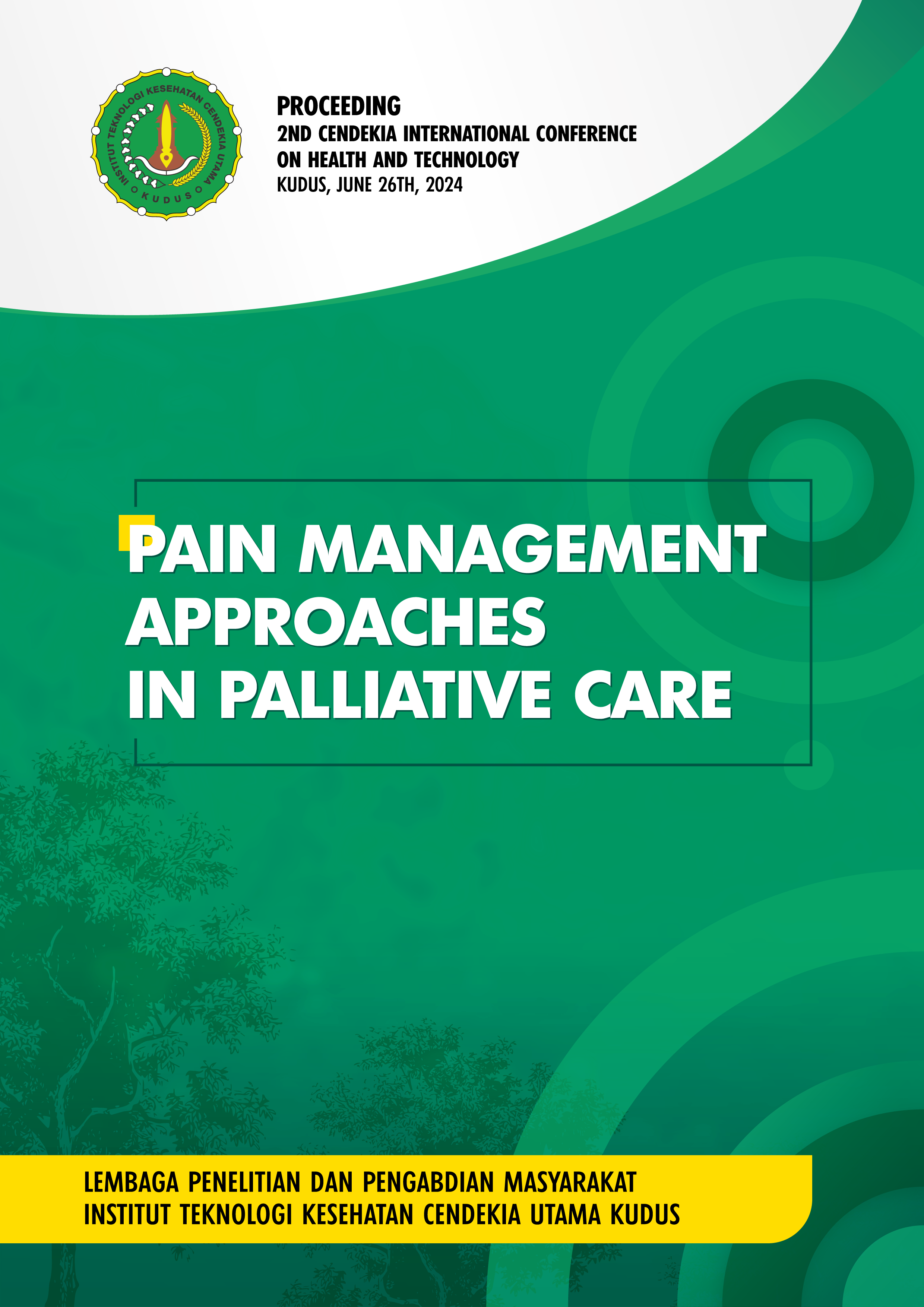MOLECULAR DOCKING OF 2-HYDROXYCHRYSENE AS JAK2 RECEPTOR INHIBITORS IN BREAST CANCER
Main Article Content
Abstract
Laportea aestuans is a plant that has anti-carcinogenic potential. The antioxidant activity in this plant can help protect cells from damage that can cause the development of cancer by activating the apoptosis pathway in cancer cells and inhibiting protein kinase activity, there by inhibiting the signaling pathway from the cell membrane to the cell nucleus. The aim of this research is to find potential anticancer compounds targeting the JAK2 receptors. JAK2 has become a significant target in myeloproliferative disorders and is increasingly relevant in solid tumors like breast cancer. In silico molecular docking was carried out by optimizing the 2 and 3 dimensional chemical structure, validating the method and docking two receptors, namely the JAK2 protein (PDB code 6VGL) with the compound 2-Hydroxychrysene and the comparison as an positive control is ruxolitinib. Based on research results, 2-Hydroxychrysene compounds can inhibit the target proteins of breast cancer. The ∆G binding value of 2-Hydroxychrysene compounds in the JAK2 signaling pathway is -7,77 kcal/mol and the ruxolitinib is -7,36 kcal/mol.
Downloads
Article Details
References
Adetunji, O. A., Olugbami, J. O., Adegoke, A. M., Gbadegesin, M. A., & Odunola, O. A. (2021). Reno-Hepatoprotective and Antidiabetic Properties of Methanol Leaf Extract of Laportea Aestuans in Wistar Rats. Journal of Evidence-Based Integrative Medicine, 26, 1–11.
Aziz, F. K., Nukitasari, C., Oktavianingrum, F. A., Aryati, L. W., & Santoso, B. (2016). Hasil In Silico Senyawa Z12501572, Z00321025, SCB5631028 dan SCB13970547 dibandingkan Turunan Zerumbon terhadap Human Liver Glycogen Phosphorylase (1l5Q) sebagai Antidiabetes. Jurnal Kimia VALENSI, 2(2), 120–124.
Blako, J. M. (2017). 乳鼠心肌提取 HHS Public Access. Physiology & Behavior, 176(5), 139–148.
Frimayanti, N., Djohari, M., & Khusnah, A. N. (2021). Molekular Docking Senyawa Analog Kalkon sebagai Inhibitor untuk Sel Kanker Paru-Paru A549. Jurnal Ilmu Kefarmasian Indonesia, 19(1), 87.
Garai, Á., Zeke, A., Gógl, G., Töro, I., Fördos, F., Blankenburg, H., Bárkai, T., Varga, J., Alexa, A., Emig, D., Albrecht, M., & Reményi, A. (2012). Specificity of linear motifs that bind to a common mitogen-activated protein kinase docking groove. Science Signaling, 5(245), 1–15.
Haidinger, R., & Bauerfeind, I. (2019). Long-Term side effects of adjuvant therapy in primary breast cancer patients: Results of a web-based survey. Breast Care, 14(2), 111–116.
Jha, V., Devkar, S., Gharat, K., Kasbe, S., Matharoo, D. K., Pendse, S., Bhosale, A., & Bhargava, A. (2022). Screening of Phytochemicals as Potential Inhibitors of Breast Cancer using Structure Based Multitargeted Molecular Docking Analysis. Phytomedicine Plus, 2(2), 100227.
Kementrian Kesehatan RI. (2016). Pedoman Teknis Pengendalian Kanker Payudara dan Kanker Leher Rahim. Igarss, 1, 1–5.
Kori, S. (2018). An Overview: Several Causes of Breast Cancer. Epidemiology International Journal, 2(1).
Miller, C. P., Thorpe, J. D., Kortum, A. N., Coy, C. M., Cheng, W. Y., Yang, T. H. O., Anastassiou, D., Beatty, J. D., Urban, N. D., & Blau, C. A. (2014). JAK2 expression is associated with tumor-infiltrating lymphocytes and improved breast cancer outcomes: Implications for evaluating JAK2 inhibitors. Cancer Immunology Research, 2(4), 301–306.
Praceka, M. S., N. Yunita, E., D. Semesta, C., N. Putri, R., N. Mikdar, N., N. Sitinjak, E., U. Setyawati, L., & Muchtaridi, M. (2022). Molecular Docking and Toxicity from Temulawak Rhizome (Curcuma xanthorrhiza Roxb.) against COX-2. Indonesian Journal of Pharmaceutical Science and Technology, 1(1), 106.
Simaremare, E. S., Gunawan, E., Yarangga, I., Satya, M. D., & Yabansabra, Y. R. (2020). Antibacterial and Toxicity Activities Itchy Leaves (Laportea decumana, Roxb. Wedd) Extract. Journal of Physics: Conference Series, 1503(1).

